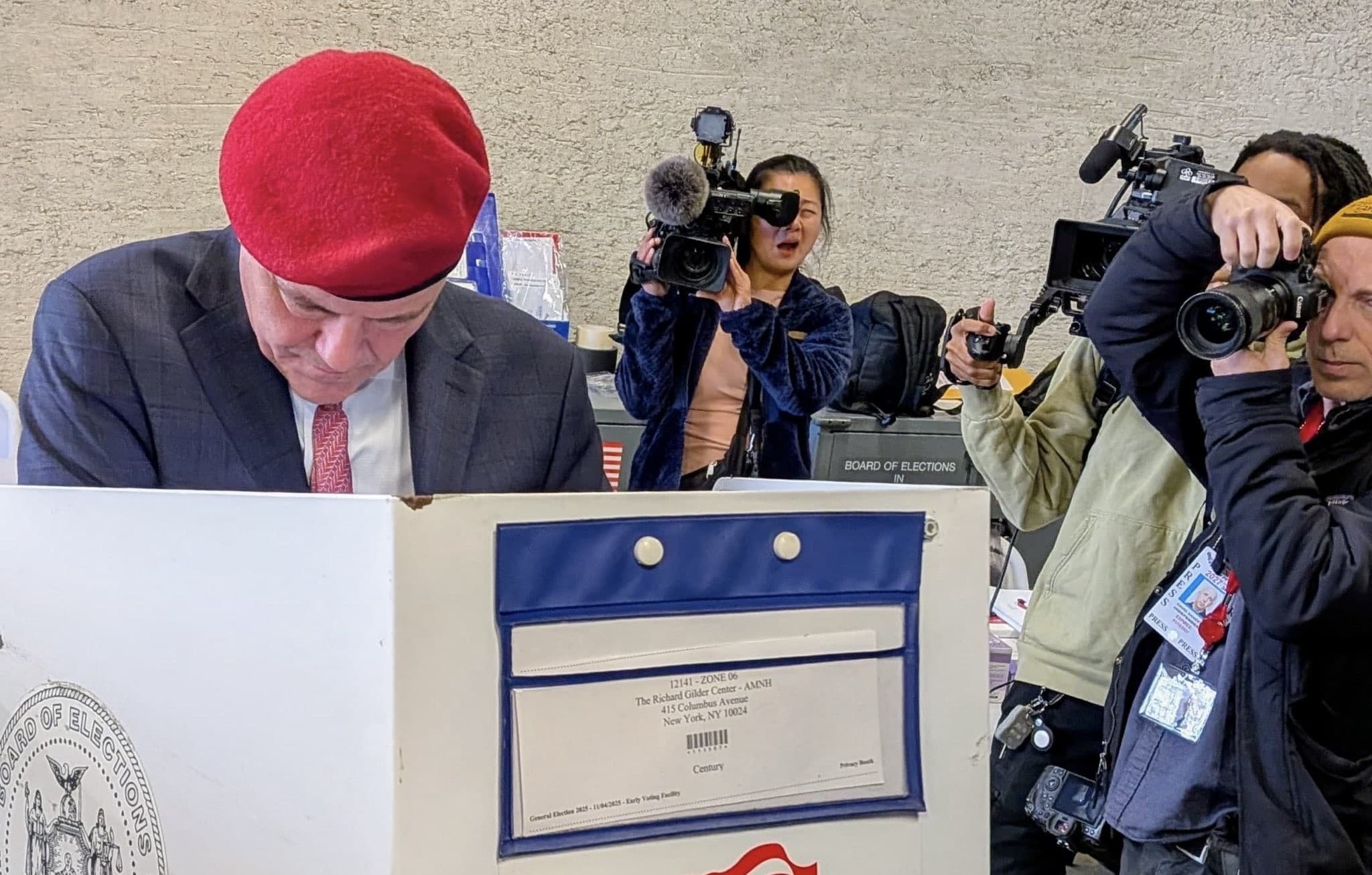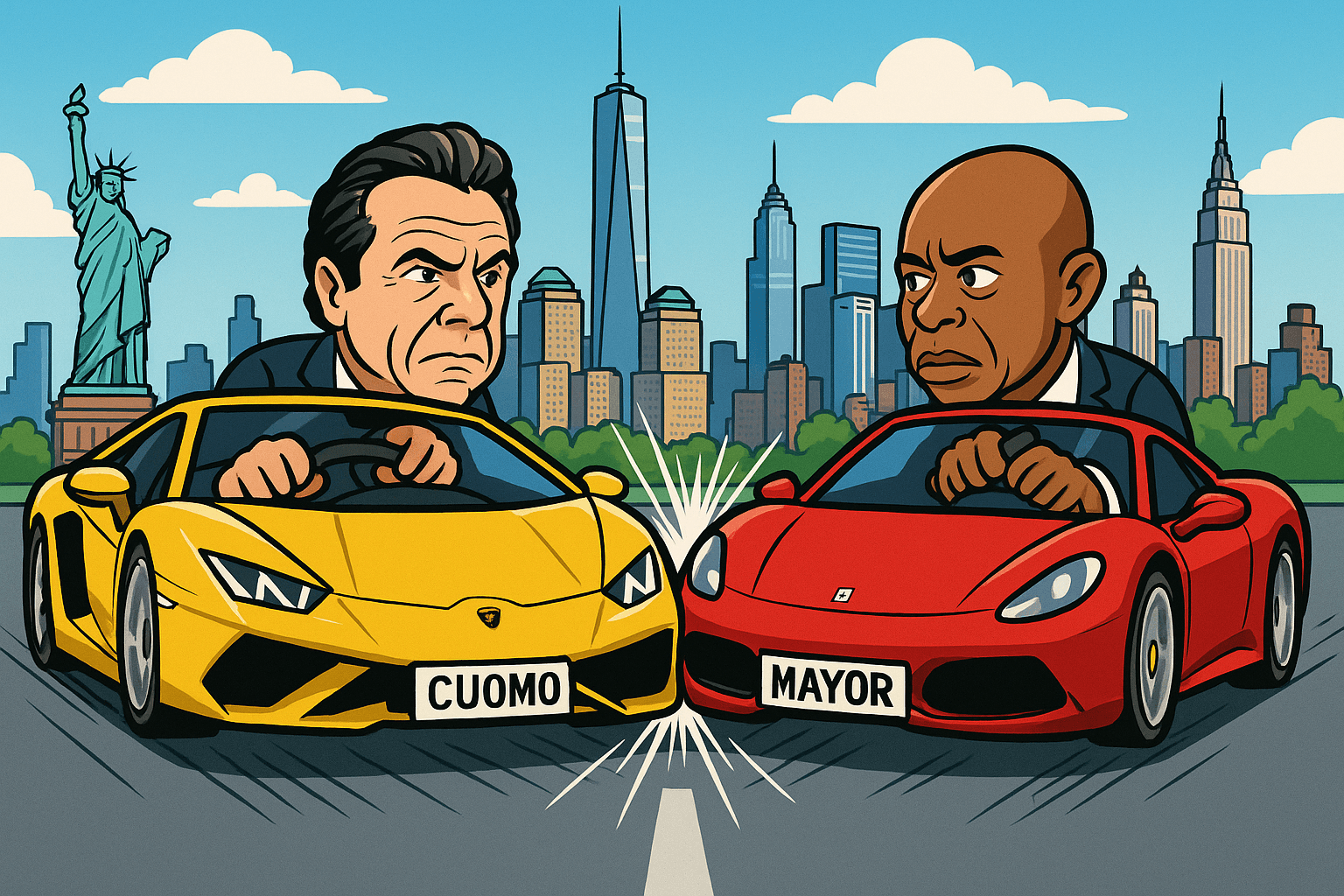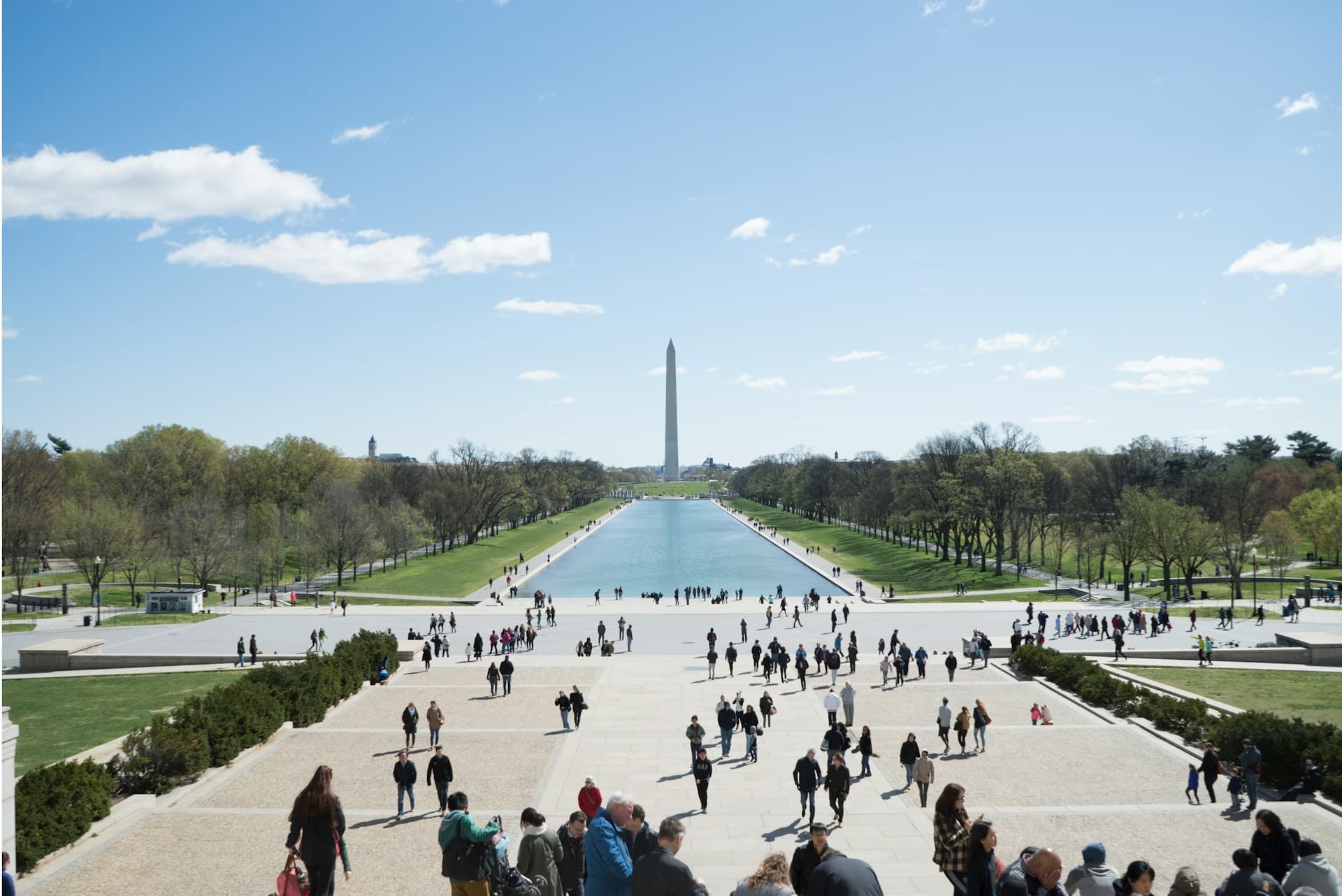Nine Democrats Face Off in NYC Mayoral Debate as Ranked Choice Voting, Cuomo Probe, and Independent Bid from Adams Reshape the Race

NEW YORK CITY, N.Y. — A crowded field of nine Democratic candidates will take the stage tonight, June 4, in the first official debate of the 2025 New York City mayoral primary. Held at NBC’s 30 Rock studios and co-sponsored by the city’s Campaign Finance Board, NBC 4 New York, Telemundo 47, and POLITICO New York, the debate comes at a pivotal moment in a race already shaped by political upheaval, criminal investigations, and the unique dynamics of ranked choice voting.
The debate begins at 7 p.m. and will be broadcast live and streamed online for voters across the five boroughs. It offers the most direct comparison yet of many of the candidates vying to lead the nation’s largest city, all competing under a system that has dramatically altered how campaigns are run and won.
Ranked Choice Voting Returns for a Crowded Primary
This year’s Democratic primary will be decided using ranked choice voting (RCV), a system adopted by New York City voters in 2019 with 72 percent support and first used in the 2021 mayoral race. It is designed to function especially well in multi-candidate contests like this one.
Under the old system, a candidate in a nine-person race could theoretically win the Democratic nomination with only 12 or 15 percent of the vote if the rest of the field was split. That meant a mayor could be elected with a fraction of voter support and no real mandate. RCV changed that.
With ranked choice voting, a candidate cannot win unless they receive a true majority — more than 50 percent of the vote — after all the rounds of counting. Voters rank up to five candidates in order of preference. If no one receives a majority in the first round, the lowest-ranking candidate is eliminated, and those votes are redistributed based on second choices. The process repeats until a candidate has majority support.
This guarantees that no candidate can win unless they’ve built a broad coalition of support across the electorate. In practice, it rewards those who not only can earn strong first-choice backing but who are also acceptable to a wider range of voters as a second or even third choice. In an election with nine candidates, this majority rule system fundamentally changes how campaigns are conducted — and how winners emerge.
In 2021, Eric Adams won the Democratic nomination after eight rounds of tabulation. This year, he won’t get the chance.
Eric Adams Exits the Primary
Mayor Adams, facing diminished support within the Democratic base and struggling to gain traction in second- and third-choice polling, announced in April that he would skip the primary and run instead as an independent in the November general election. His 2021 RCV victory gave him the mayoralty, but this year, internal polling and a wave of progressive opposition suggested that the same system would likely cost him reelection.
Instead, Adams will collect signatures to appear on the November ballot, where ranked choice voting is not used. A plurality, not a majority, is all that is required in the general election, making it a more favorable path for the embattled incumbent.
The Frontrunner Under Investigation
Former Governor Andrew Cuomo has emerged as the frontrunner in the Democratic field. A Marist College poll released in mid-May showed Cuomo leading with 37 percent of first-choice support. In RCV simulations, he ultimately crossed the 50 percent threshold in the fifth round, securing the nomination with 53 percent of the vote. Zohran Mamdani finished with 29 percent, and Brad Lander ended with 18 percent.
Cuomo’s lead, however, comes amid a new criminal investigation. On May 20, the New York Times reported that the U.S. Department of Justice is examining whether Cuomo misled Congress about his administration’s handling of nursing home deaths during the COVID-19 pandemic. The case, now led by U.S. Attorney Jeanine Pirro, follows a referral from House Oversight Chair James Comer. Cuomo has denied wrongdoing and called the probe “lawfare and election interference.”
Who’s on Stage Tonight?
The nine Democrats participating in the debate are:
- Adrienne Adams, City Council Speaker
- Brad Lander, New York City Comptroller
- Jessica Ramos, State Senator
- Zellnor Myrie, State Senator
- Andrew Cuomo, former two-and-a-half-term governor of New York
- Whitney Tilson, investor
- Zohran Mamdani, Assemblymember
- Michael Blake, Bronx-based reverend and former Assemblymember
- Scott Stringer, 44th New York City Comptroller, former New York State Assemblyman, and former borough president of Manhattan
Several candidates are running as sharp critics of both Adams and Cuomo, particularly on housing, public safety, and ethics.
Independent Voters Shut Out, but Not for Long
New York’s Democratic primary is closed, meaning only registered Democrats can vote. Independents, unaffiliated voters, and members of other parties are excluded unless they changed their party registration by February 14. That deadline has come and gone.
Still, independent voters may ultimately decide the outcome in November.
In May, IVN reported that Cuomo said he’ll run as an independent no matter what happens in the primary. He released a statement, saying:
"Over the last several months, as I've been out talking to New Yorkers, one thing has become clear: there is a disillusionment with the Democratic Party by some—a feeling that the party has been hijacked, that it doesn't produce real results, and that it doesn't fight for working people anymore.”
He added that the 2024 election was proof of his claim and noted that 500,000 Democratic voters in New York City chose to sit home on Election Day instead of casting a ballot for Democratic presidential nominee Kamala Harris.
RCV Boosts Participation and Voter Understanding
Critics of ranked choice voting have questioned whether it confuses voters or suppresses turnout. But available data tells a different story. In the 2021 primary — the first to use RCV — nearly 1 million voters participated, up from just over 772,000 in 2013, marking a 29 percent increase in turnout.
Exit polling commissioned by Common Cause and Edison Research found that:
- 78 percent of voters said they understood RCV “extremely or very well”
- 95 percent found the ballot easy to complete
- Most voters used at least three of their five ranking slots
Esmerelda Simmons, a civil rights attorney and longtime voting rights advocate, captured it best: “New Yorkers are smart. If somebody tells them that they can have five bites of the apple, then most people will take five bites.”
Will Candidates Play Nice Under Ranked Choice Voting?
One of the big questions heading into tonight’s debate is how ranked choice voting will shape the candidates’ strategies. Will the system encourage civility, as supporters often argue, or will a crowded stage still devolve into a political food fight? Since candidates need not only strong first-choice support but also second and third-choice rankings to win, direct attacks could alienate potential allies. Early campaign ads already reveal divergent approaches. Mamdani and Lander have taken aim at frontrunner Andrew Cuomo in their television spots, while Scott Stringer didn’t mention Cuomo in his first ad. “Voters want to know what you are going to do, not necessarily someone who is throwing dirt on other candidates,” a Stringer spokesperson explained. That may reflect a strategic bet: Stringer could be targeting Cuomo supporters as potential second-choice voters. Whether that proves smart, or too cautious, will begin to play out in real time tonight.
Early Voting runs from June 14 through June 22. Primary Day is Tuesday, June 24 and polls are open from 6 a.m. to 9 p.m. The General Election is Tuesday, November 4. You can find your polling place here: https://vote.nyc.
 Cara Brown McCormick
Cara Brown McCormick






